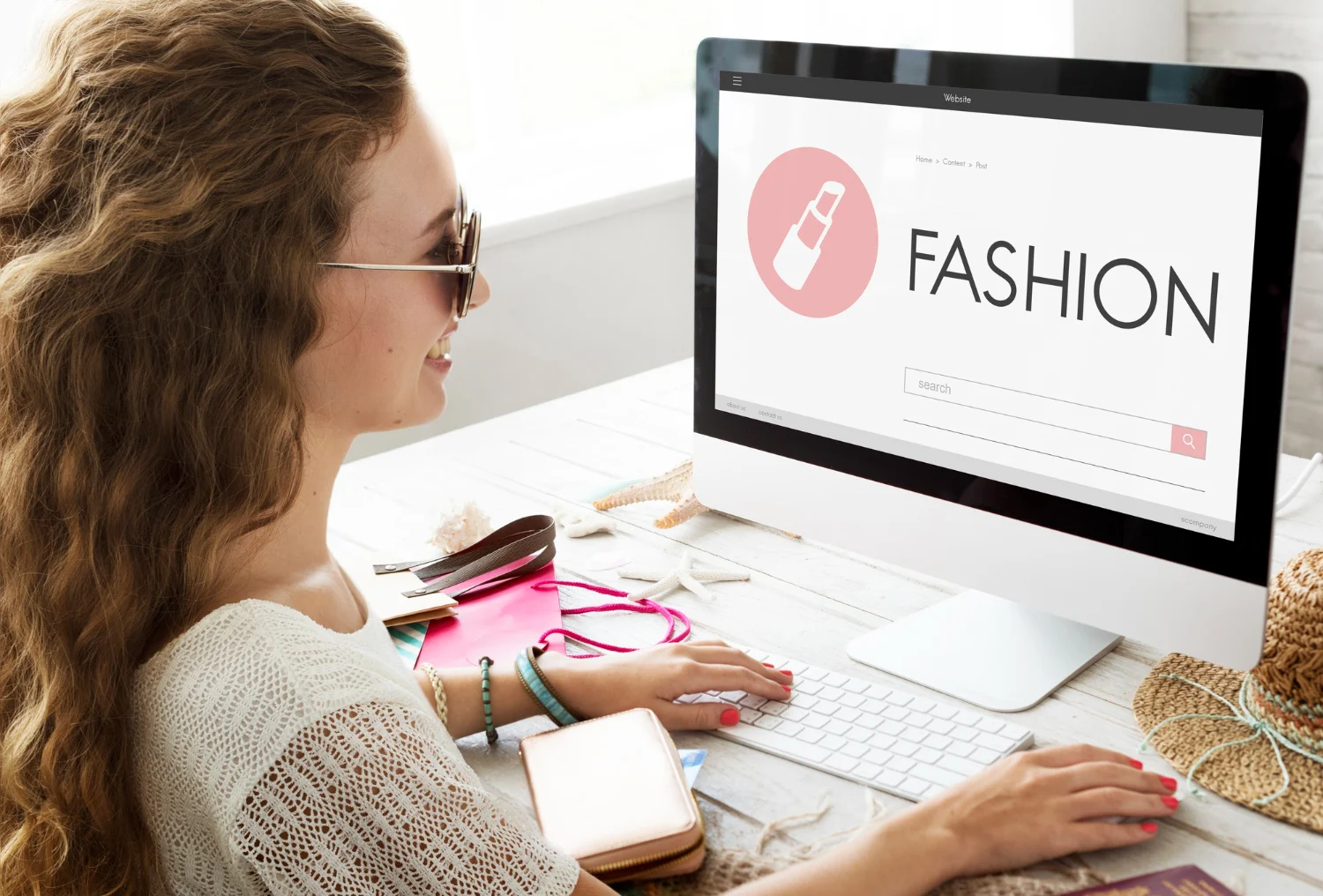
E-commerce Logo Design Trends for Shopify & Amazon Sellers
In today’s digital marketplace, your logo design isn’t just a graphic — it’s the face of your brand. For Shopify and Amazon sellers in the US, where competition is fierce and customers make snap judgments in seconds, your logo often decides whether someone clicks “Buy Now” or scrolls past.
A powerful logo can build trust, trigger emotions, and set your online store apart in a sea of generic brands. Whether you’re running a small Shopify boutique or scaling your Amazon FBA business, understanding the latest e-commerce logo design trends can help you connect with modern U.S. buyers and boost long-term brand recognition.
Let’s explore the top logo design trends reshaping e-commerce in the United States — and how you can use them to make your brand memorable, scalable, and future-proof.
1. Minimalist Logos Continue to Dominate
In 2025, simplicity is still king. The minimalist logo design trend — think clean fonts, simple icons, and uncluttered color palettes — remains the go-to style for e-commerce businesses in the USA.
Consumers shop fast and scroll faster. A minimalist logo loads quickly, stands out at small sizes (like mobile screens or product thumbnails), and communicates professionalism instantly.
Brands like Amazon, Glossier, and Allbirds have proven that less truly is more. A clear, minimal logo works well across packaging, web banners, and even shipping labels — which are key touchpoints for online sellers.
Pro tip: Avoid detailed graphics and long taglines. Focus on shape, symmetry, and spacing. Your logo should look just as strong on a smartphone as it does on a billboard.
2. Geometric Shapes Are Making a Comeback
Another major logo design trend in the US e-commerce space is the use of geometric forms — circles, triangles, and squares that symbolize stability, creativity, and innovation.
Geometric designs give your logo structure and balance, which is perfect for brands aiming to convey trust. Many Shopify brands use abstract geometric icons that represent values like connection, sustainability, or technology.
For instance, circular logos often evoke community and inclusivity — key values for small U.S. businesses trying to connect personally with customers online.
3. Adaptive and Responsive Logos for Multi-Platform Branding
E-commerce sellers in the United States often struggle with logo scalability. Your brand mark must look great on Amazon thumbnails, Shopify product pages, Instagram bios, and even packaging tape.
That’s where responsive logo design comes in. A responsive logo adjusts dynamically depending on where it’s displayed — offering full versions for large screens and simplified icons for mobile or app interfaces.
This trend reflects how U.S. consumers browse — across multiple devices and social media platforms before making a purchase.
A flexible logo design ensures brand consistency and readability no matter where your buyer encounters your logo.
4. Retro and Vintage Logos for Authenticity
In a digital age full of AI-generated branding, customers crave authenticity. That’s why retro-inspired logo design is trending again among U.S. e-commerce brands.
Vintage typography, muted color palettes, and hand-drawn textures remind buyers of craftsmanship and reliability. It’s a nostalgic nod that feels human — perfect for handmade product sellers or boutique Shopify stores targeting U.S. customers who value originality.
Think “old-school meets digital” — timeless charm with modern simplicity.
Example: A U.S. candle seller could use 1970s typography with a minimalist emblem, creating an emotional bridge between nostalgia and modern design.
5. Dynamic Gradients and Modern Colour Blends
Flat colors have had their run, but in 2025, dynamic gradients are redefining brand visuals across e-commerce platforms in the USA.
Gradients add depth and visual energy without complicating your logo design. Shopify and Amazon sellers are using soft transitions — like coral-to-peach or navy-to-teal — to make logos stand out against white backgrounds.
The goal isn’t to go neon or flashy — it’s to create a subtle yet memorable color flow that catches attention in crowded product listings.
6. Typography-Only Logos Are Gaining Momentum
Wordmark logos (text-only designs) are trending heavily among U.S. startups and e-commerce entrepreneurs. They’re clean, timeless, and flexible.
Fonts like sans-serifs, modern serifs, and even custom hand-lettering help brands express personality without clutter. Since Shopify and Amazon often compress product visuals, a text-based logo design ensures readability and brand consistency.
In 2025, the top-performing e-commerce logos in the United States are not overloaded with icons — they rely on bold, confident typography.
7. Motion Logos for Digital-First Brands
Here’s a cutting-edge trend: motion logo design. Short, animated logos are now being used by forward-thinking e-commerce brands, especially in video ads, TikTok clips, and social media intros.
A brief animation — like a letter morph or a gradient sweep — adds flair to your digital branding. It also enhances memorability, something crucial for brands competing in the U.S. online space where attention spans are short.
Motion graphics don’t replace static logos — they complement them, offering a modern, tech-savvy touch.
8. Custom Icons Reflecting Brand Values
Cookie-cutter designs are out. In 2025, U.S. brands are using custom icons and illustrations that reflect their story or mission.
For example, a Shopify eco-store might use a stylized leaf motif to represent sustainability, while an Amazon electronics seller might integrate a circuit-inspired symbol. These details build emotional connections with U.S. buyers who care about brand ethics and personality.
Custom icons also make your logo instantly recognizable across digital platforms — an essential trait for long-term e-commerce success.
9. AI and Data-Driven Logo Design
Artificial Intelligence is shaping how logos are conceptualized and tested. Many designers now use AI tools to analyse color psychology, shape memorability, and even cultural appeal among U.S. demographics.
Tools like Shopify’s AI Brand Kit or Adobe Firefly are making it easier to generate and test multiple logo design concepts before finalizing one that performs best.
Check out Shopify’s official branding guide for insights into how top-performing stores in the USA design their brand identities using modern tools.
AI isn’t replacing creativity — it’s helping e-commerce sellers make data-backed design decisions that resonate with U.S. consumers.
10. Sustainability-Focused Logo Design
Sustainability is more than a buzzword — it’s a mindset influencing logo design trends across the United States.
Eco-conscious consumers expect brands to reflect environmental values. That’s why many Shopify and Amazon stores are adopting organic shapes, green tones, and minimalist visuals that represent “less waste, more purpose.”
Even digital brands are using eco cues like leaf icons or soft earth-tone gradients to signal eco-awareness without being overtly promotional.
Sustainability-focused logos perform exceptionally well among younger U.S. audiences (especially Gen Z), who value brands aligned with environmental ethics.
11. Personalized Branding Through Variable Logos
The newest evolution in logo design for U.S. e-commerce brands is the variable logo — a design system that changes color, layout, or icon depending on product type or marketing channel.
For example, a Shopify brand might use one color for skincare products and another for apparel, while maintaining the same logo shape and typography.
This modular approach keeps your identity consistent yet fresh — ideal for brands expanding across multiple niches on Amazon or Etsy.
12. Monochrome Logos for Luxury Appeal
High-end U.S. e-commerce brands are shifting toward monochrome logos — black, white, or single-tone designs. This style creates a sleek, timeless aesthetic and projects authority, elegance, and exclusivity.
If your Shopify store targets premium customers, a monochrome logo design ensures sophistication across every customer touchpoint — from packaging to digital ads.
The Future of E-commerce Logo Design in the USA
E-commerce is evolving at lightning speed, and so is logo design. In 2025 and beyond, successful U.S. sellers will focus on flexibility, minimalism, and emotional connection.
Your logo isn’t just a visual symbol — it’s your brand handshake with American buyers. Whether you’re selling handmade goods on Shopify or scaling on Amazon, align your design choices with trends that reflect authenticity, clarity, and adaptability.
The future of branding in the United States belongs to sellers who merge creativity with strategy — and design with emotion.
FAQs
Q1. What makes a good e-commerce logo design for Shopify or Amazon?
A strong e-commerce logo is simple, scalable, and relevant to your niche. It should communicate trust and look good across digital and physical formats.
Q2. How often should a brand refresh its logo?
Every 4–6 years, depending on trends and market shifts. A small refresh keeps your identity modern without losing recognition.
Q3. Which colors work best for online store logos?
Blue, black, and green remain favorites in the USA, but the right palette depends on your audience. Use color psychology to guide emotion-driven design choices.

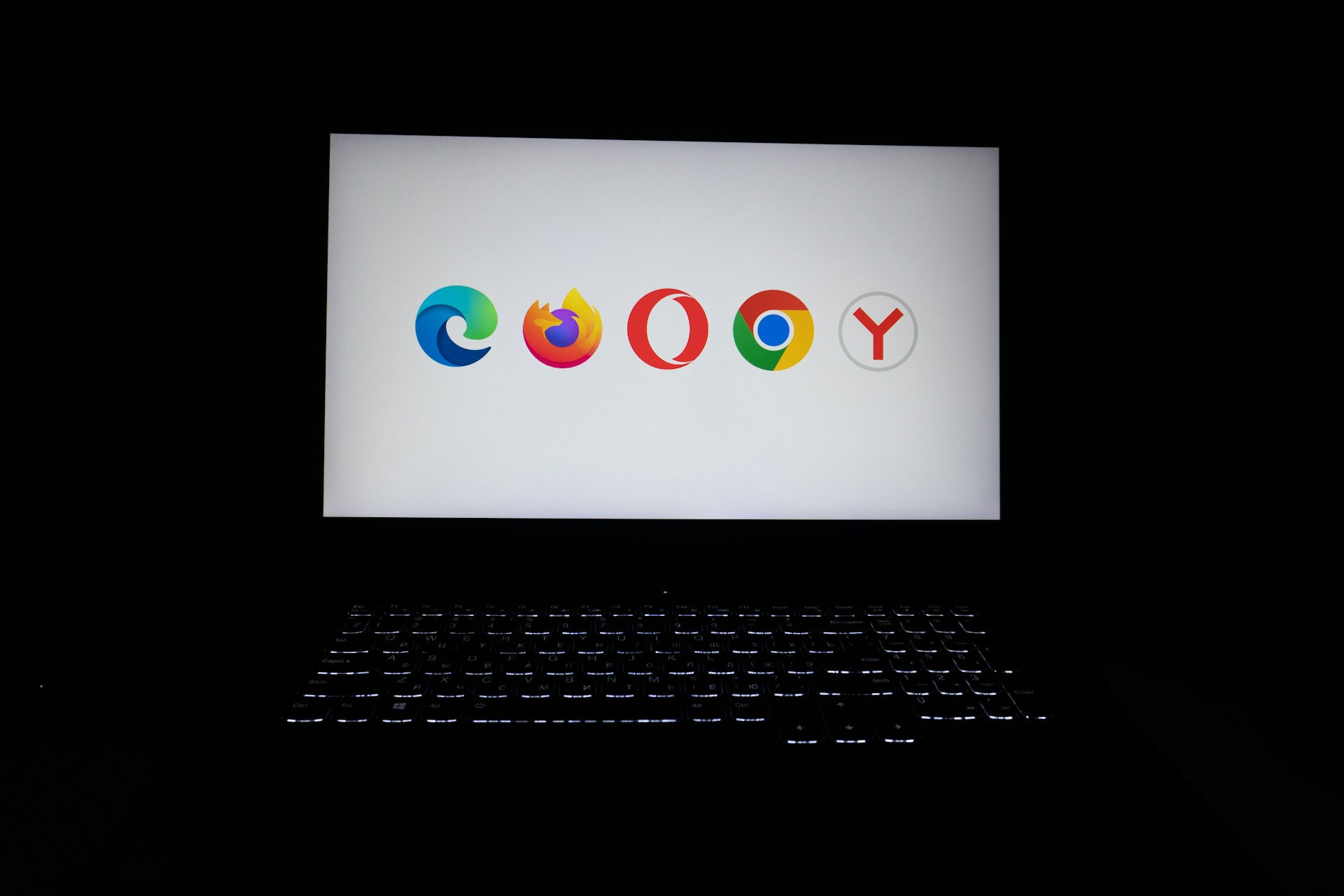
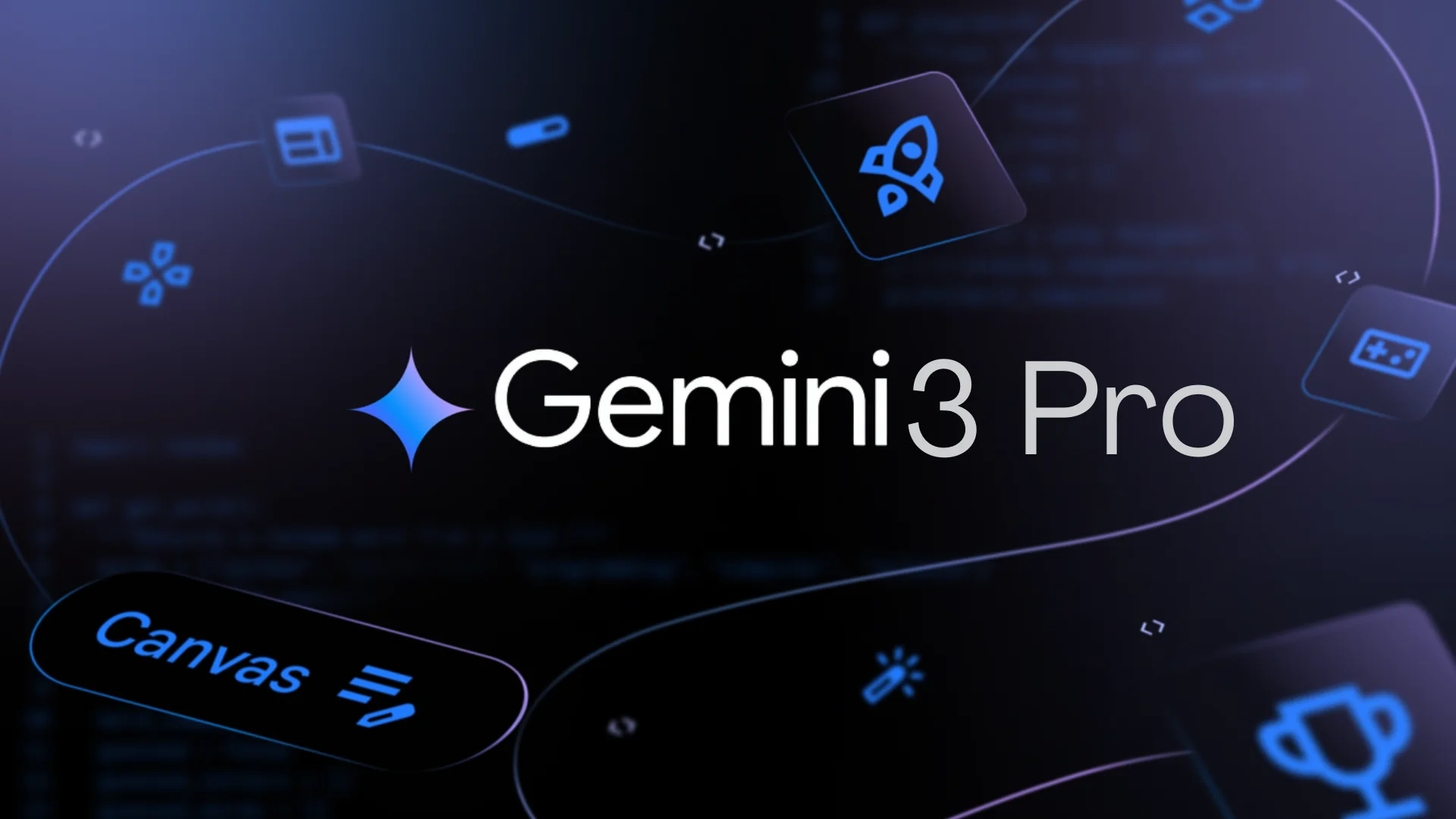
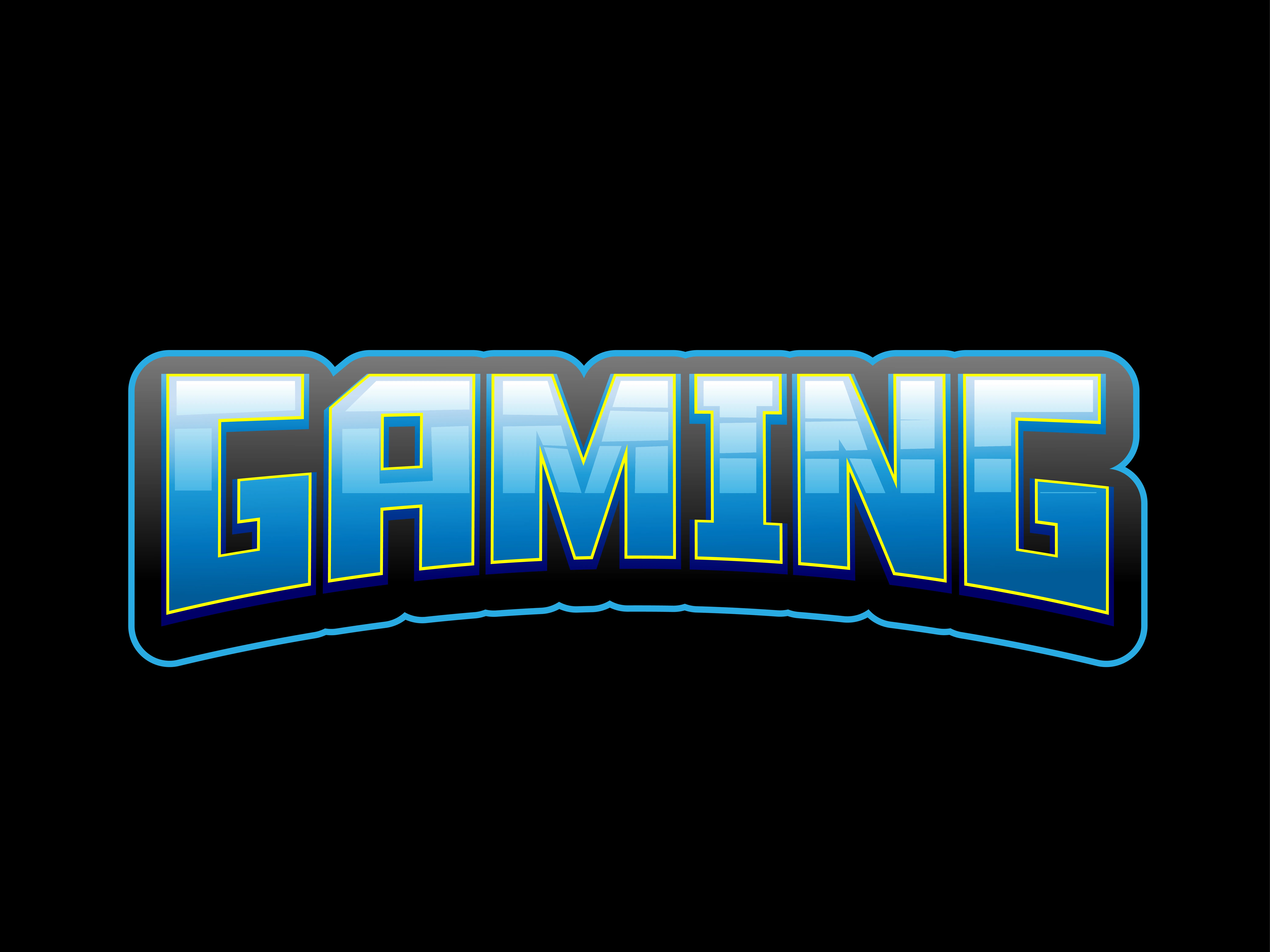
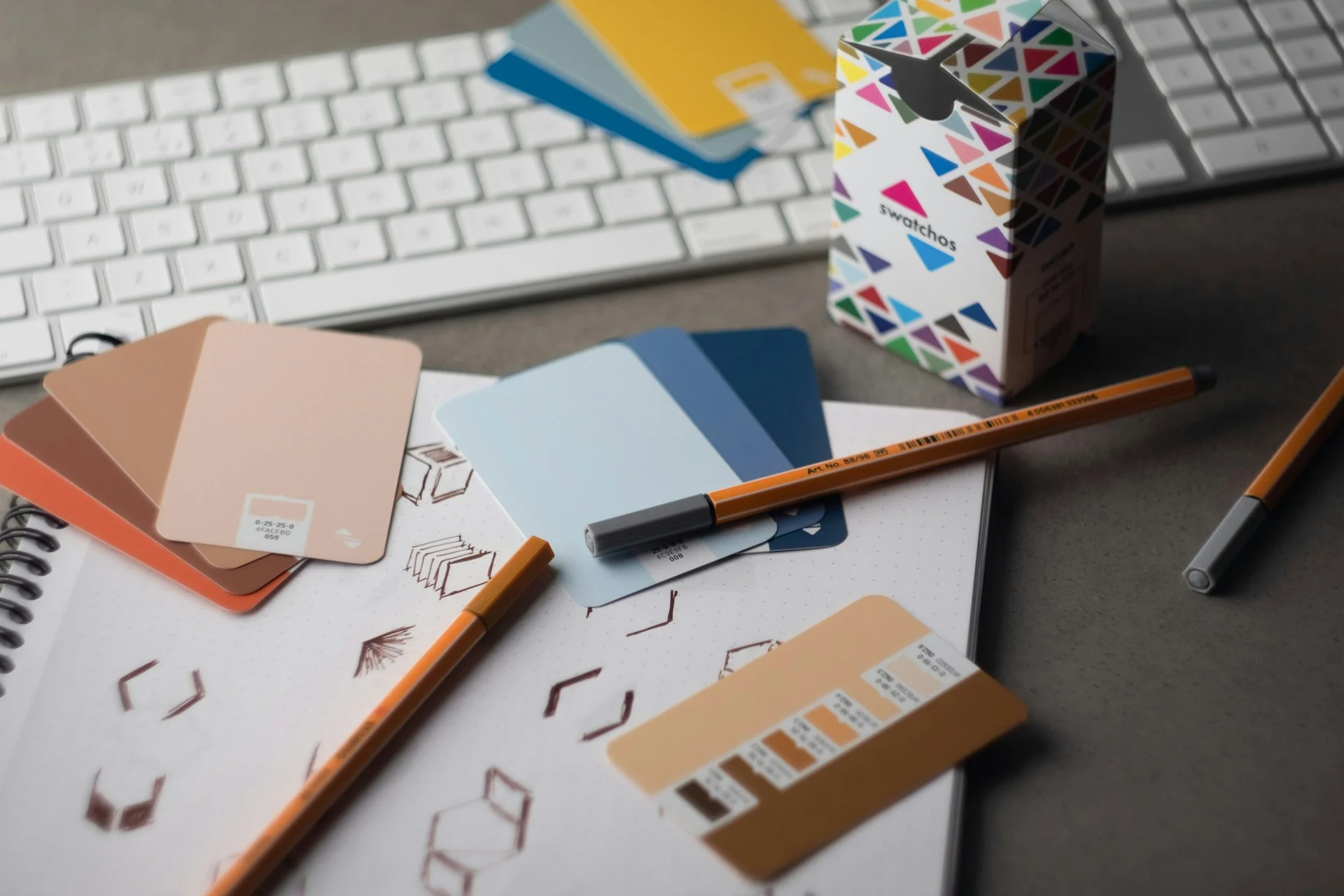
Comments
Add Comments
Update Comment